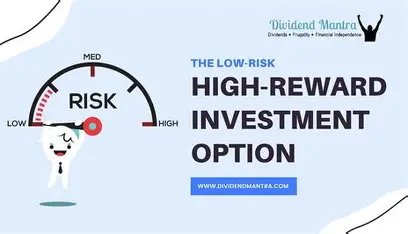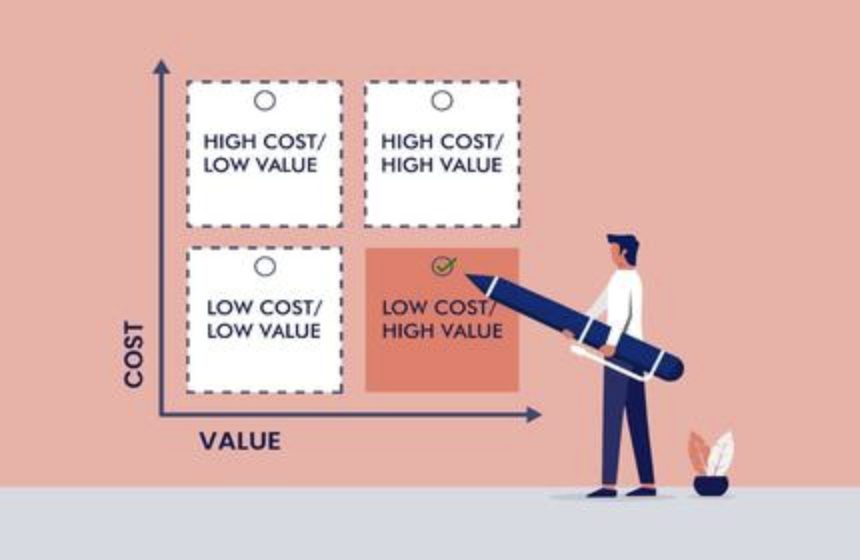For individuals with significant wealth, fixed-income assets are frequently considered “secure yet unexciting.” However, the truth is much more multifaceted—if managed thoughtfully, fixed-income investments can provide steady returns without the fluctuations associated with stocks. The key lies in looking past standard bonds and exploring specialized, overlooked areas that offer both safety and the chance for growth.

Explore Private Credit Opportunities
Public corporate bonds are saturated, yet private credit presents an appealing alternative. This encompasses direct loans to medium-sized enterprises or specific financing for industries such as healthcare and infrastructure. In contrast to public bonds, private credit contracts frequently feature elevated returns and tailored covenants designed to safeguard investors. For instance, lending to companies that are carefully expanding—secured by physical assets—ensures consistent interest income while reducing the risk of defaults. Wealthy investors can tap into these opportunities through specialized funds or co-investment avenues.
Utilize Structured Credit Instruments
Structured credit transcends basic bonds by consolidating assets and customizing risk-return characteristics. Seek out collateralized loan obligations (CLOs) aimed at senior secured loans or asset-backed securities (ABS) related to necessary services such as utility payments. These financial products tend to yield more than government bonds since they are secured by assets generating cash flow. The critical point is choosing tranches that match your risk appetite—senior tranches yield lower but steadier returns, while mezzanine tranches provide higher yields with a moderate increase in risk.

While most investors focus on bonds from the U.S. or Europe, local debt in emerging markets is an undervalued option. Nations exhibiting stable fiscal management, expanding middle classes, and minimal inflation—like Chile or the Czech Republic—present local-currency bonds with enticing returns. Currency risks may be alleviated by implementing hedging techniques, transforming these bonds into assets characterized by low volatility and substantial returns. Local debt, unlike dollar-based emerging market bonds, gains from domestic economic progress and sidesteps the consequences of U.S. interest rate increases.
Allocate Funds to Sustainable Fixed-Income Investments
Sustainable fixed-income investing isn't merely ethical—it also yields strong performance. Green bonds that fund renewable energy initiatives or social bonds that facilitate affordable housing typically offer "green premiums," signifying that issuers provide slightly higher yields to draw in ESG-oriented investors. Furthermore, these bonds are underpinned by projects with consistent cash flows, such as wind farms secured by 20-year power agreements. To avoid "greenwashing," opt for bonds recognized by trustworthy organizations, such as the Climate Bonds Initiative.

Implement a Stair-Step Maturity Approach
A stair-step strategy involves purchasing bonds with varied maturity dates—such as 1, 3, 5, 7, and 10 years. Upon the maturity of shorter-term bonds, reinvest the returns into longer-term bonds if interest rates increase, or into shorter ones if rates decrease. This method strikes a balance between yield and liquidity, ensuring that you aren’t stuck with low rates for prolonged periods. For affluent investors, consider extending the maturity ladder to incorporate longer-dated bonds from reliable issuers, offering higher yields while retaining capital safety.
Explore Convertible Bonds with Characteristics
Convertible bonds allow for the transition of debt into equity, yet it's wise to focus on “mandatory convertible” bonds from well-established companies. These types of bonds provide a fixed coupon and automatically change into shares at a set price, giving access to equity growth potential without fully assuming the risk. Seek convertibles from companies situated in resilient sectors like consumer staples or healthcare—these bonds deliver consistent income while also providing capital gains potential if the firm’s stock performs successfully.

Credit Evaluation: Banks' Hidden Methods

Smart Consumption for Financial Freedom

Investment Strategies for Beginners with Little Money

The Future of Cryptocurrency: What You Need to Know in 2024

Predicting Market Trends with AI: How Accurate Are These Tools?

Best Investment Apps

Avoid Impulse Spending: Healthy Habits
